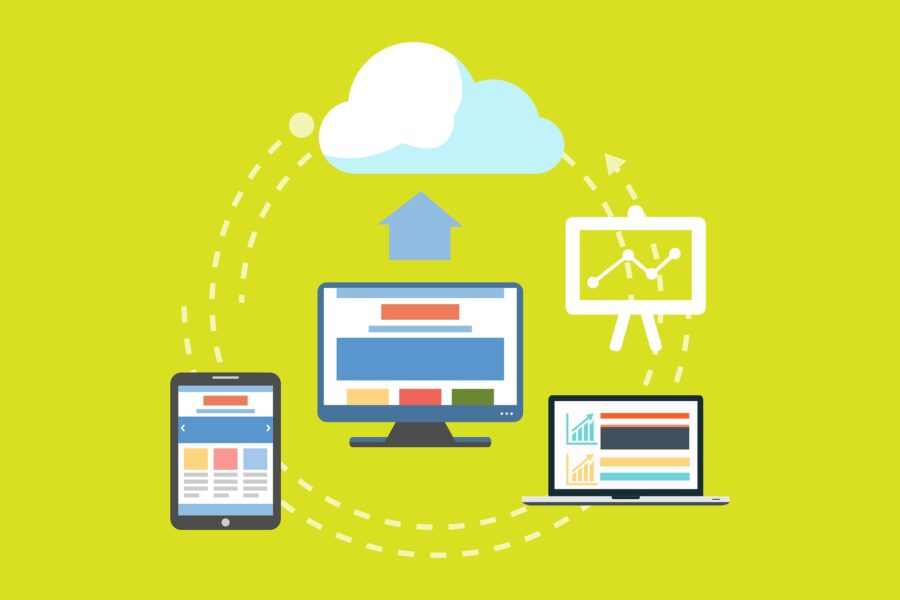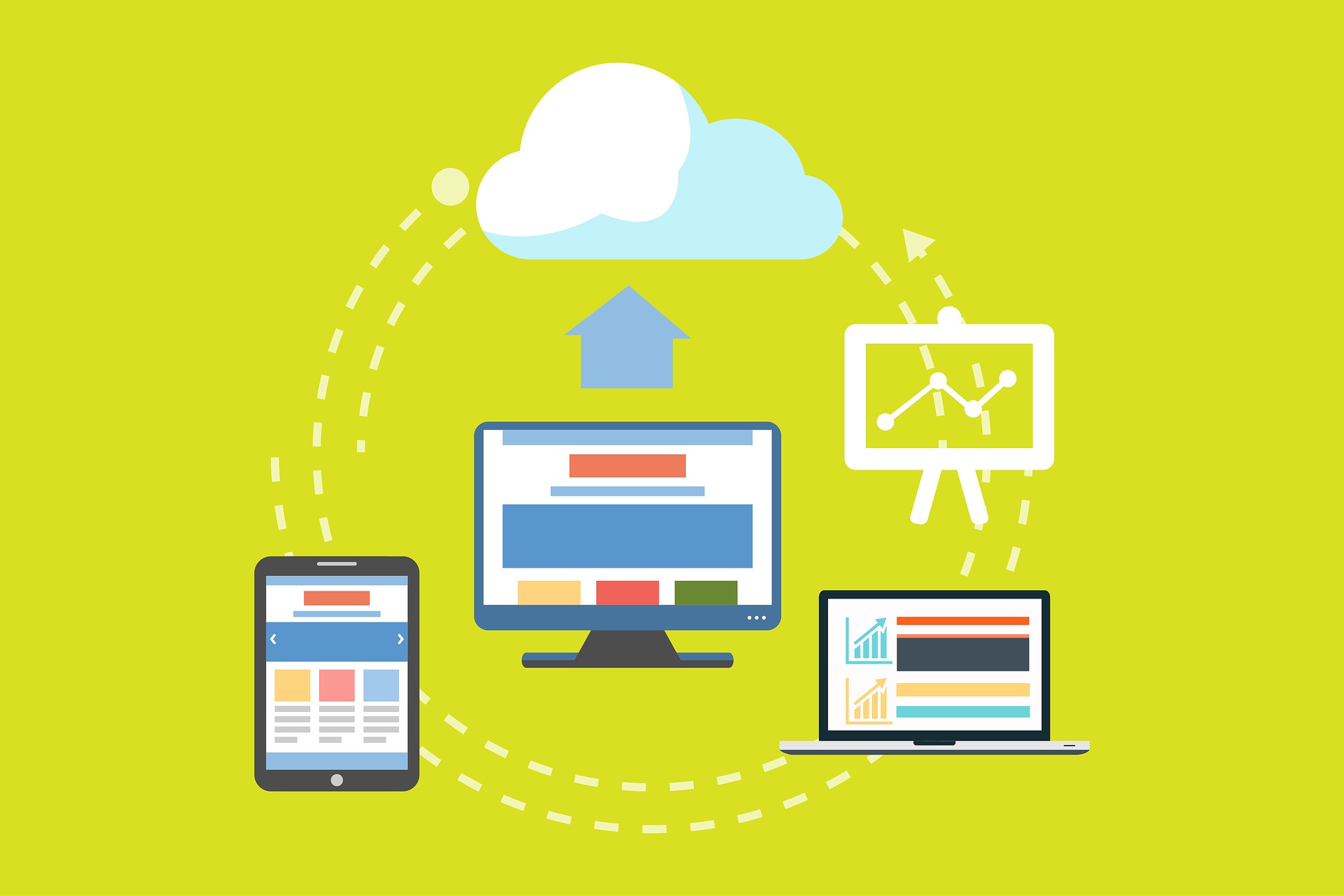In this digital world, it’s hard to keep track of all the storage space on your devices. It’s easy for our devices to run out of room because we keep adding more photos, videos, documents, and files. Cloud storage is a convenient option because it lets people store their data online, which frees up space on their devices and lets them view files from anywhere. This post will talk about the best cloud storage services that can help you get more done online and save space on your devices.
What Are Cloud Storage Providers?
Cloud storage services let people store and control their data online. These are called cloud storage providers. There are many perks to using these services, such as more storage space, the ability to share files, and better security.
People who use cloud storage can get to their files from any internet-connected device. This makes it easier for people to work together and from home. Cloud storage is important for people who want to free up room on their devices and keep their data safe and easy to access.
There are different cloud storage companies with different features, prices, and ways to use their services. Some providers focus on personal use and offer free storage with the choice to pay more for more space. Others are geared toward businesses and offer advanced tools for working together and lots of storage space. It’s important to know the differences between these service providers so you can pick the right one for your needs.
Recently, cloud storage has grown into more than just a place to store files. It’s now also a way to work together and get things done. A lot of service providers now offer office software and real-time tools for working together.
This makes it easier for teams to work on projects and papers together. The move toward a more unified service model has made cloud storage an important tool for both personal and business use. Next, we’ll cover how cloud storage providers can help with productivity.
How Do Cloud Storage Providers Help with Productivity?
Cloud storage providers play a crucial role in enhancing digital workflow by offering a centralized platform for storing, accessing, and sharing files. This not only helps in freeing up device space but also facilitates collaboration and productivity. Here are some key ways cloud storage enhances digital workflow:
Centralized File Management
Cloud storage allows users to manage all their files from a single platform. This means you can access your documents, photos, and videos from any device with an internet connection, making it easier to work on projects or share files with others.
Enhanced Collaboration Tools
Many cloud storage providers offer integrated collaboration tools that enable real-time editing and commenting on documents. This feature is particularly useful for teams working on projects together, as it allows multiple users to contribute simultaneously without version control issues.
Advanced Security Features
Cloud storage providers typically offer robust security features, including encryption and two-factor authentication, to protect your data from unauthorized access. This ensures that your files are safe even if your device is compromised.
Scalable Storage Options
Cloud storage services often provide scalable storage options, allowing you to upgrade or downgrade your storage capacity as needed. This flexibility is beneficial for both individuals and businesses, as it ensures you only pay for the storage you use.
The ability of cloud storage providers to enhance digital workflow makes them indispensable for anyone looking to streamline their file management and collaboration processes. In the next section, we’ll talk about the best cloud storage providers out there now.
What Are the Best Cloud Storage Providers?
Choosing the right cloud storage provider depends on your specific needs, whether you’re looking for personal use or business solutions. Here are some of the top cloud storage providers that offer a range of features and benefits:
- Google Drive: Known for its seamless integration with Google Docs and Sheets, Google Drive offers 15 GB of free storage and is ideal for those already using Google’s productivity suite.
- Microsoft OneDrive: Integrated with Microsoft Office, OneDrive provides a smooth experience for users of Word, Excel, and PowerPoint. It offers 5 GB of free storage and is particularly useful for Windows users.
- Dropbox: Famous for its file-sharing capabilities, Dropbox offers 2 GB of free storage and is popular among users who frequently collaborate on projects.
- iCloud: Designed for Apple users, iCloud provides 5 GB of free storage and integrates well with other Apple services like Photos and Mail.
- pCloud: Known for its lifetime subscription options, pCloud offers up to 10 GB of free storage and is a good choice for those looking for long-term storage solutions.
- Box: Focused on business users, Box offers robust security features and collaboration tools, making it ideal for enterprises.
It’s important to compare these providers based on your individual needs because each one has its own pros and cons. There is a cloud storage service out there that can meet your needs, whether you want free space, tools for working together, or more security.
Take Control of Your Digital Space
Cloud storage providers are a great way to manage the room on your devices and get more done online. You can make sure that your files are safe, easy to view, and share with others by picking the right provider. There’s a cloud storage service out there for everyone, from individuals who want to free up room on their phones to businesses that need powerful tools for teamwork. To get personalized help choosing the best cloud storage provider for your needs, please don’t hesitate to get in touch with us.
—
This Article has been Republished with Permission from The Technology Press.










